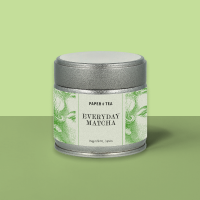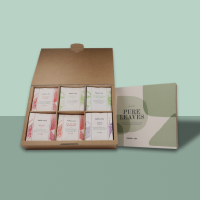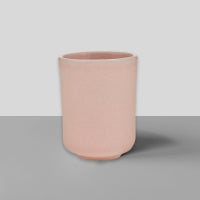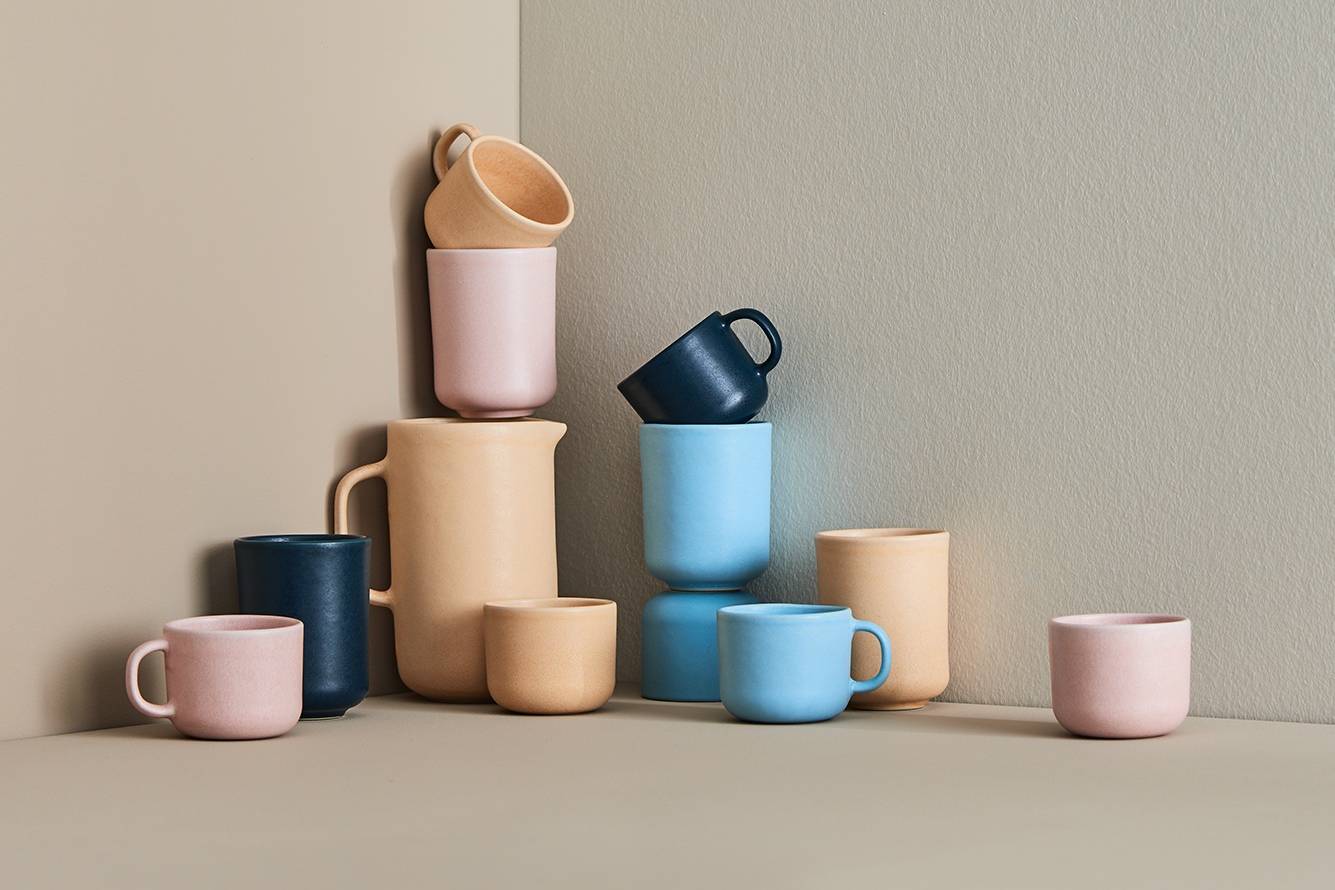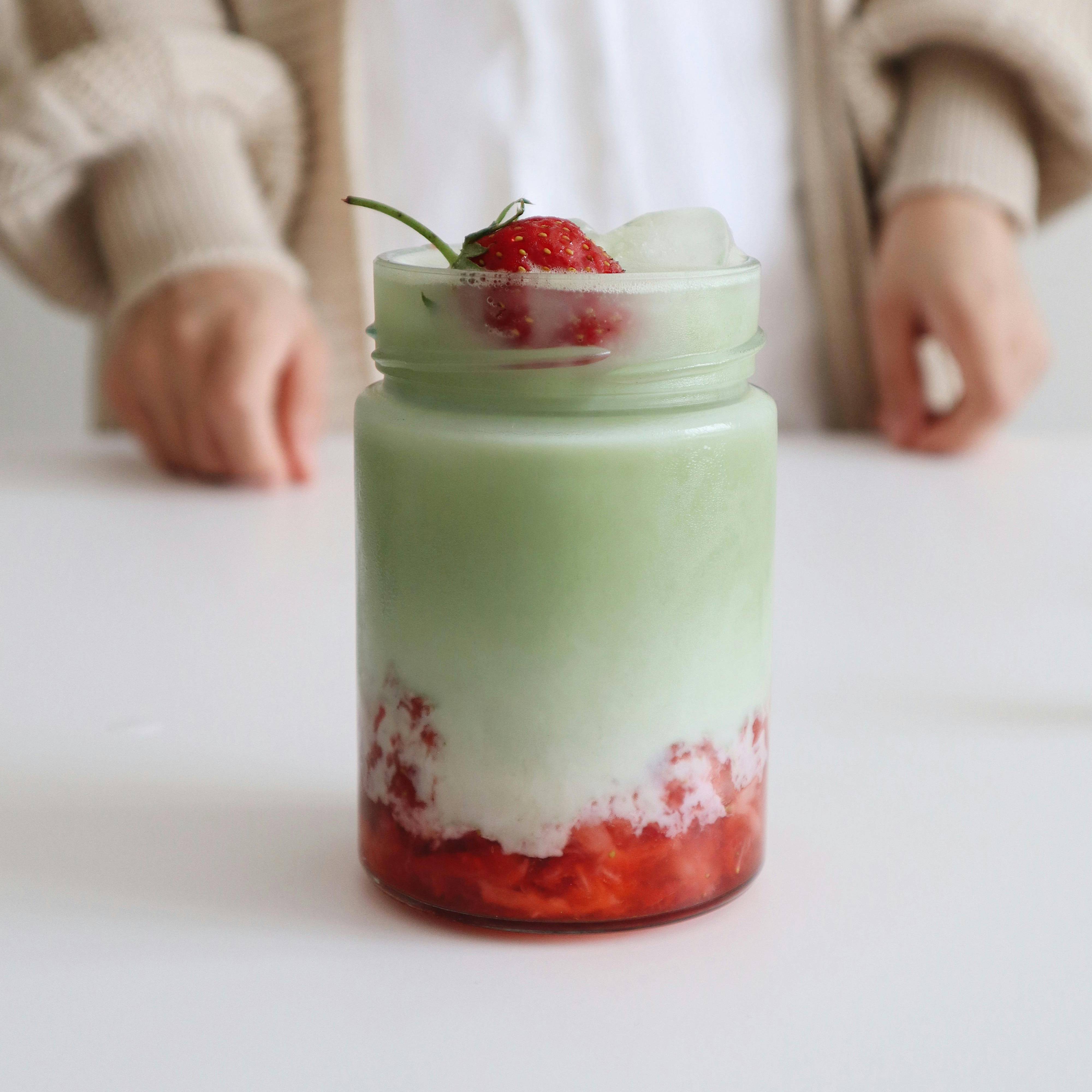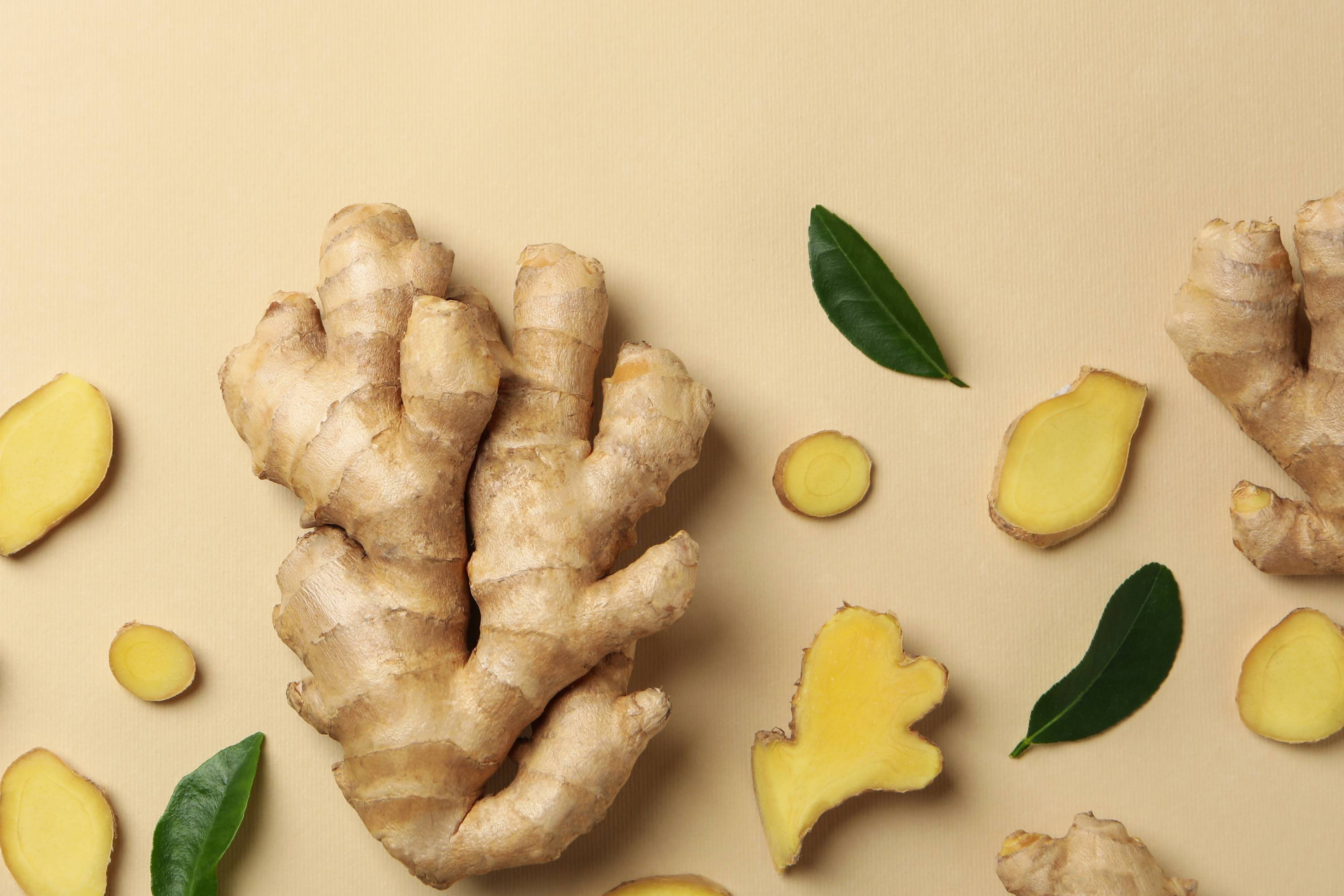"Similar to lemon, but different," that’s how many would describe bergamot. This citrus fruit from the south of Italy enhances perfumes, cosmetics, teas, and desserts with its fresh aroma. What exactly makes it so special, where does this fruit come from, and can you even grow it at home? Join us on a journey to discover the aromatic wonder that is bergamot.
The History of Bergamot
The origin of the much-desired bergamot is shrouded in many myths. Like all citrus fruits, bergamot originally comes from Asia. How it came to Europe, whether through the medieval Crusades or even with Christopher Columbus himself, remains unclear to this day. Its history is also a mystery to researchers: bergamot could be the result of deliberate breeding or mere chance. What is certain is that the particularly intensely scented bergamot is a hybrid between the citron lemon and the bitter orange. From the former, it inherited its bright-yellow peel, and from the latter, its typically round shape.
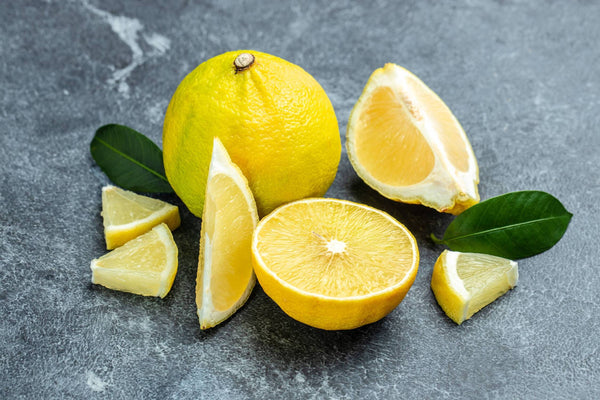
Early Uses of the Fruit
The fascination for this fruity aromatic wonder goes back far in history. As early as in ancient China, India, and Greece, the noble bergamot was highly esteemed for its unique essential oils. The fragrant fruit was believed to have healing properties, which is why it was used in balms and for ceremonial purposes.
Bergamot Today
The admiration for bergamot has not waned since ancient times. Even today, it lends its enchanting scent to fine perfumes, cosmetics, and teas. The uniqueness of this fruit also lies in its demanding cultivation.
The Art of Proper Cultivation
It's not called the princess of citrus fruits for no reason. The exclusive bergamot is cultivated almost exclusively on a narrow, approximately 70-kilometre-long coastal strip in southern Italy. In the Calabria region, it enjoys excellent climate conditions. It is sunny but not too hot, with enough cold stimuli during the night, yet the temperature never drops below five degrees. The outstanding climatic conditions of Calabria, paired with fertile soil, produce a first-class essential oil. Bergamot from southern Italy stands out with a particularly fruity, slightly floral aroma. This is why we exclusively use Italian bergamot oil for our exquisite Earl Grey tea creations. With our in-house tea creation BRAVE NEW EARL N°711, we add a spicy-floral twist to the classic black tea and bergamot combination with jasmine blossoms and juniper.
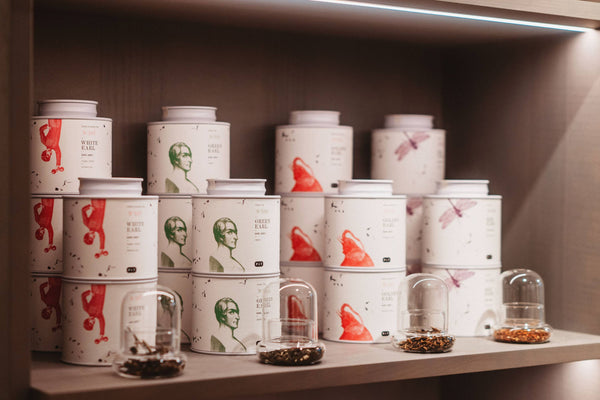
From Blossom to Fruit
Bergamot is prized for its bright-yellow fruits, from whose peel the valuable essential oil is extracted. Even its white blossoms emit an intense, refreshing fragrance and mature into the typical round fruits from November onward, whose shape resembles small pears. The initially bright-green peel of the fruit turns into a beautiful yellow and only its characteristic shape differentiates a bergamot from a lemon. This special fruit is harvested in southern Italy from November to March. It's often said that farmers are much happier during the bergamot harvest than during the olive harvest because the beautiful scent makes the work more enjoyable.
Growing Bergamot at Home: Is It Possible?
You will rarely find bergamot fruit in the supermarket; it usually reaches us only as essential oil or infused in perfumes and teas. However, you can grow bergamot just like any other citrus plant at home. Since the exclusive citrus plant prefers the conditions of southern Italy in nature, you should consider a few things when cultivating it. Bergamot doesn’t tolerate severe cold, which is why it cannot hibernate outdoors in Germany. Therefore, you should plant it in a pot and keep it in a place between 8 and 15 degrees Celsius during winter. During the warmer months, bergamot enjoys a full sunspot outdoors with as much light exposure as possible and likes plenty of water.
Various Uses of Bergamot
The admiration for bergamot is less for its flesh but mainly for its highly aromatic peel, which is processed into a valuable essential oil. Like the aromatic olive oil from Italy, known as "liquid gold" for its exceptional quality and unique taste, the precious bergamot oil is referred to as “green gold.” Beyond the esteemed fruit, it finds use in the perfume and cosmetics industry.
Fragrant! Bergamot in Perfume
The scent of the unique bergamot is hard to describe. It possesses a citrus freshness with a subtle, pleasant floral undertone. It enhances many well-known perfumes, desserts, and even tea. The essential oil of bergamot contains over 350 different nuances of aromas, making the oil of the fruit a popular fragrance note. It harmonizes excellently in floral perfume scents to which it lends pleasant clarity and zestfulness. When combined with deeper, woodier, and spicier scents like robust cedarwood or musk, it provides the fragrance with a lively, summery note.
A Versatile Component in the Cosmetic Industry
The Italian perfumer Johann Maria Farina made bergamot world-famous in his cologne, Eau de Cologne, at the beginning of the 18th century. Since then, bergamot has been an important fragrance component in many perfumes, creams, and deodorants. It is often used as a so-called top note, opening the scent of a perfume as a central component. Around it arrange other complex notes, complementing it into unique fragrance creations.

Culinary Creations with Bergamot
The peel is primarily used in culinary creations. The bergamot’s flesh is very sour and more bitter than other citrus fruits and is considered a delicacy in the regional southern Italian cuisine. If you are lucky and find fresh bergamot on the market, you can create delightful culinary specialties.
We have collected some favorite dishes with bergamot for you:
- As Marmalade: A delicious marmalade can be made from the peel and flesh of bergamot. It convinces with a slight bitter citrus aroma and characteristic floral notes.
- As Sorbet: Whether as pure bergamot sorbet or in combination with berries and fruits or the vanilla-like tonka bean, bergamot is excellent as a summery dessert in the form of a sorbet.
- As Pasta: Inspired by the classic Pasta Al Limone, pasta dishes with bergamot come from their home region, Calabria.
- As Earl Grey Tea in Cakes and Pastries: Whether in Earl Grey cookies or cakes, the black tea flavored with bergamot oil finds its way into numerous delicious baking recipes, mainly from the British cuisine.
- In Chocolate: For all bergamot lovers, we have refined a unique tea chocolate with our GOLDEN EARL N°514. In our MILK CHOCOLATE & TEA - GOLDEN EARL, the citrus notes of bergamot merge with the hearty notes of roasted nuts and cappuccino.
Bergamot Meets Tea: A Special Aroma
Bergamot might be most familiar as the defining aroma in Earl Grey tea. The British classic among teas is, in its original recipe, a Chinese black tea that is blended with bergamot oil into a distinctive tea mixture. The recipe for this aromatic composition dates to the 19th century, and for our GOLDEN EARL N°514, we stick to that original. The high-quality bergamot oil from Italy gives the robust Chinese black tea a wonderful freshness. You can find everything about the origin, history, and preparation of what is perhaps the most famous tea blend in our article on Earl Grey tea.

At PAPER & TEA, Earl Grey can be enjoyed not only as black tea; we also love bergamot in combination with other types of tea. Our WHITE EARL N°107 is particularly delicate and mild, the white tea harmonizes excellently with the floral bergamot aroma.
Our Enjoyment Tips for Bergamot Tea
We love bergamot tea as a hot cup with a splash of milk or as a refreshing iced tea. For the perfect preparation, you should pay attention to the base tea and its special characteristics such as brewing temperature and steeping time.
With our RED EARL N°826, PAPER & TEA also offers you a naturally caffeine-free tea variant with the intense bergamot aroma. The floral bergamot tastes particularly lovely in combination with the caramel-like rooibos tea. With an additional spoonful of honey, you create an aromatic cup of Earl Grey tea. Whether with milk or pure it also offers a unique pleasure. As diverse as the aromas of bergamot are, so too are individual tastes.
